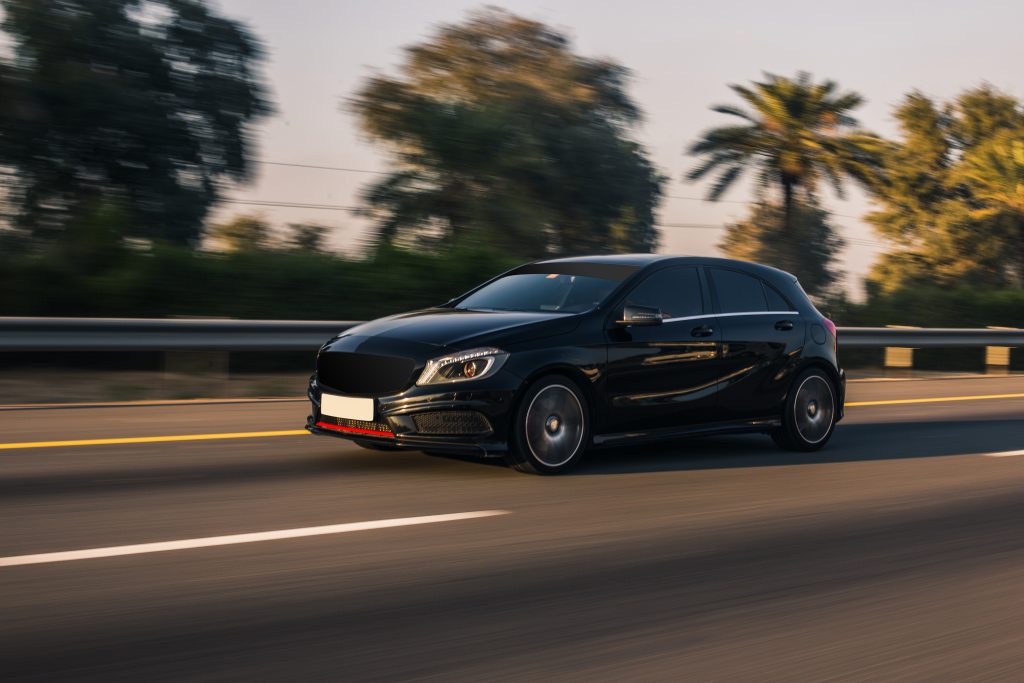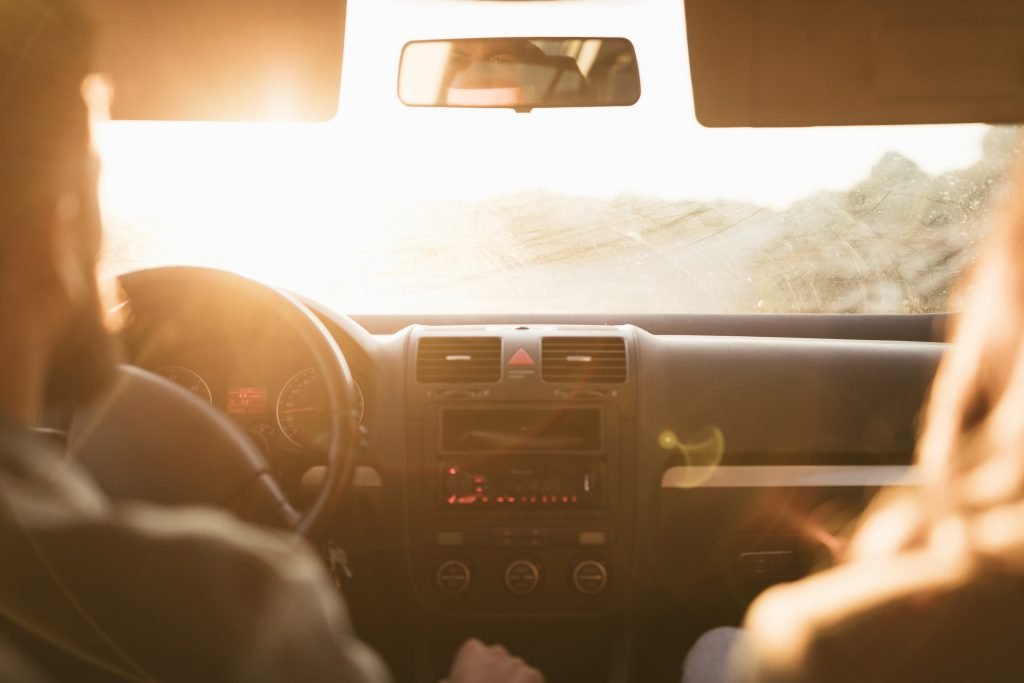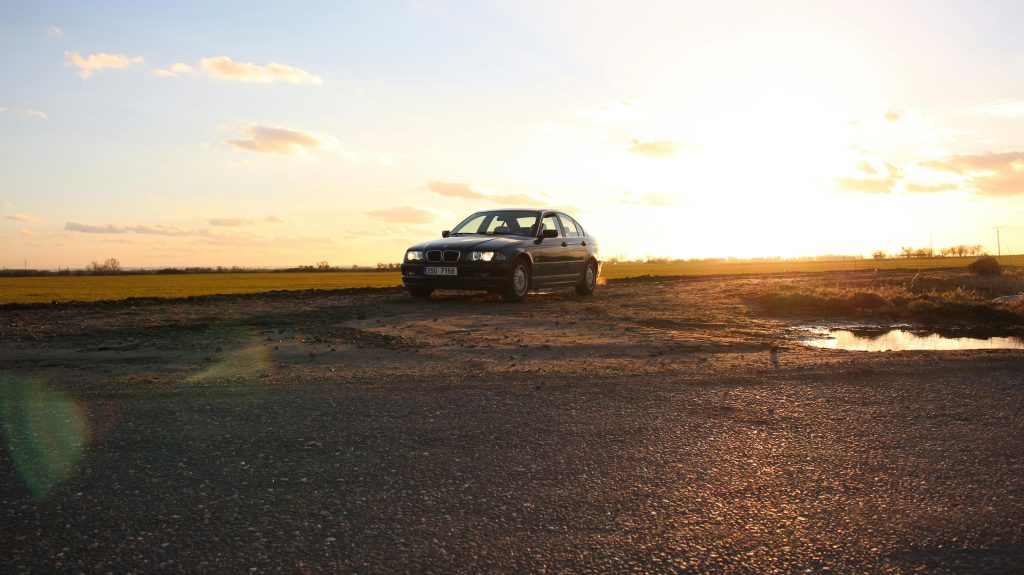Defensive Driving Tips for New Drivers

Driving is a crucial ability, but for first-time drivers, it can be nerve-racking. Defensive driving allows you to be safe on the road by anticipating potential risks and making smart decisions in real time. Here are some essential defensive driving guidelines to assist inexperienced drivers gain confidence and safely handle traffic.
1. Stay Focused and Avoid Distractions
Your complete concentration should always be focused on the road. Avoid using your phone, eating, or doing anything that will draw your attention away from the road. A split-second distraction can cause an accident.
2. Maintain a Safe Following Distance
Maintain a three-second space between your vehicle and the car ahead. In severe weather or heavy traffic, increase this distance to allow for extra reaction time.
3. Obey Traffic Rules and Speed Limits
Speed restrictions and road signs exist for a reason. To keep yourself and others safe, follow posted speed limits, obey traffic signals, and give the right of way when appropriate.
5. Expect the Unexpected
Defensive drivers anticipate that other drivers may make unexpected stops, lane changes, or unsafe maneuvers. Always be prepared to react safely to avoid a collision.
6. Be Extra Cautious in Bad Weather
Rain and fog impair visibility and traction on the roads. To avoid sliding, drive at slower speeds, use headlights as needed, and avoid rapid brakes.
7. Use Turn Signals, and Communicate Clearly
Signal your intentions to other vehicles before turning, merging, or changing lanes. This simple habit can help prevent confusion and accidents.
8. Monitor the Traffic Around You
Check your mirrors frequently and stay aware of what other drivers are doing. This allows you to prepare for future dangers and make necessary adjustments.
9. Control Your Emotions and Stay Calm
Aggressive driving and road rage can create deadly situations. Maintain patience, avoid confrontations, and never engage in reckless action.
10. Prepare for emergencies
Keep an emergency kit in your car with items such as a flashlight, jumper cables, a first-aid kit, and a spare tire. Knowing what to do in the event of a breakdown or accident can make a significant difference.
Key Takeaways
Defensive driving means being proactive, careful, and always ready for the unexpected. As a new driver, practicing these behaviors can help you stay safe, acquire confidence, and develop lifelong driving skills. Drive carefully and remain safe!




Responses